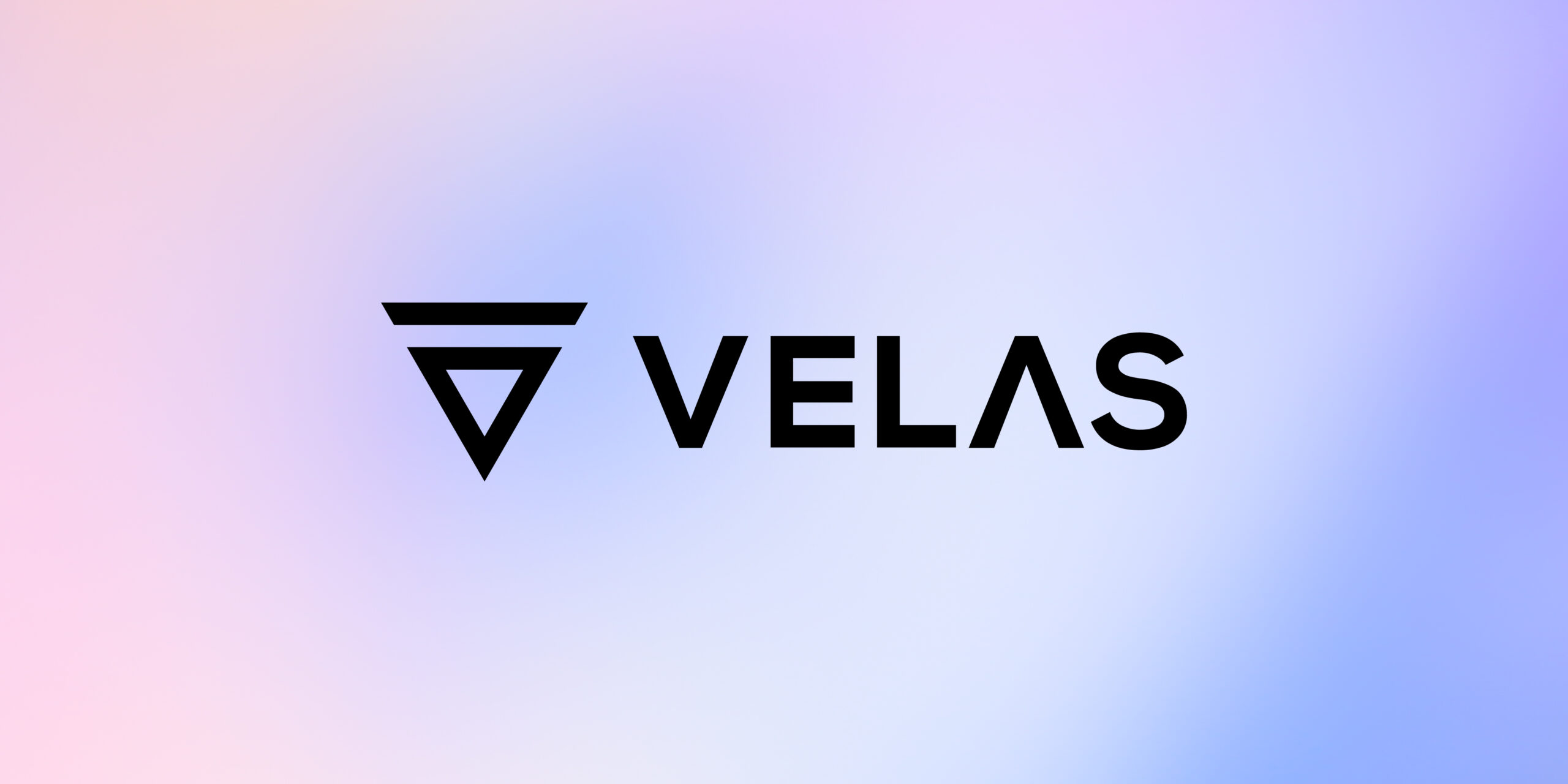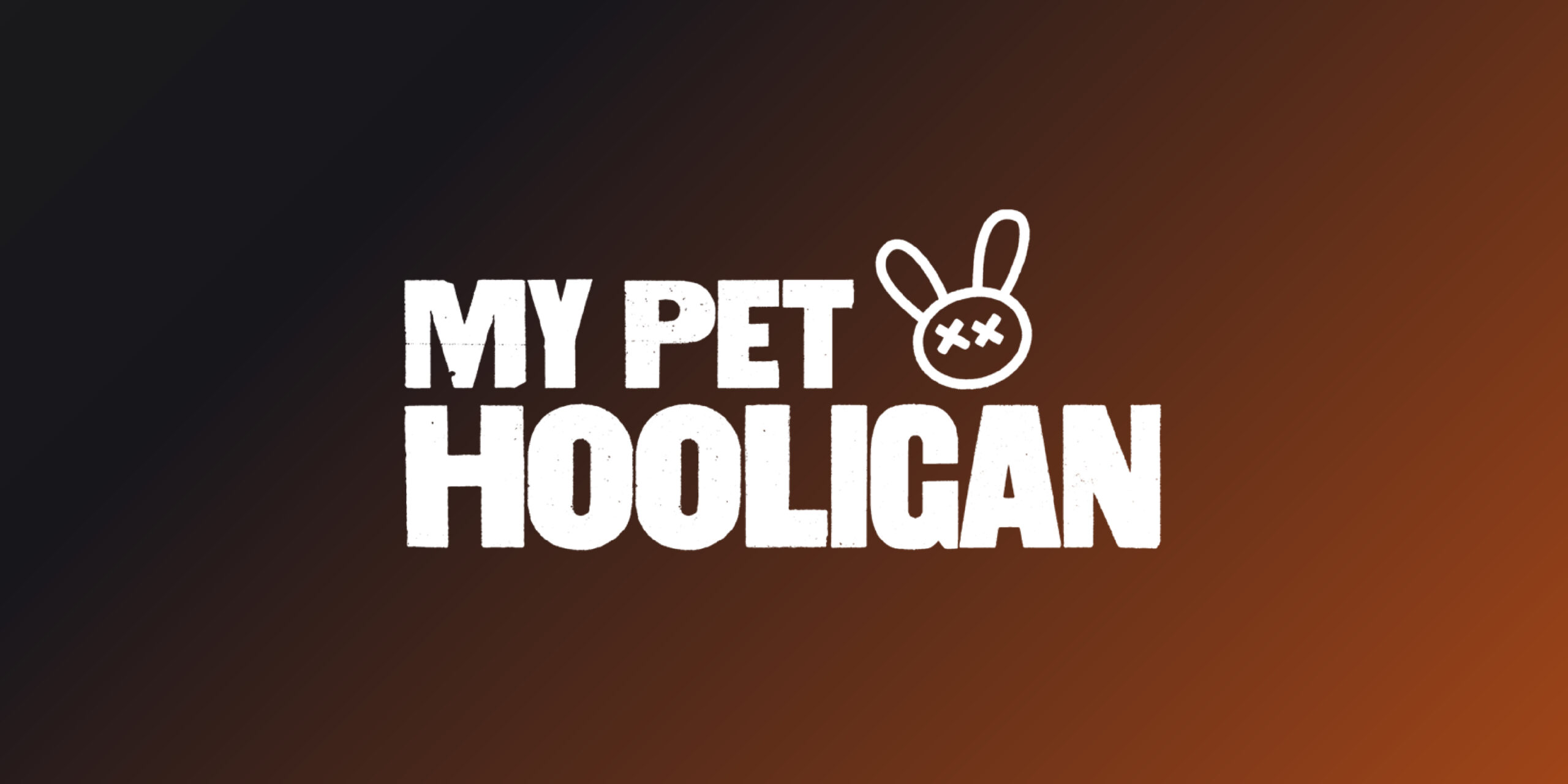Introduction
Velas Blockchain represents an ambitious foray into the evolving world of decentralized systems. Building upon the robust foundations laid by Solana, Velas introduces enhancements geared toward scalability, security, and ease of use. Key attributes include the Velas Accounts – an innovative passwordless method for secure access, compatibility with Ethereum Virtual Machine (EVM) to bolster DeFi and dApp integration, and a high-performance network capable of handling over 50,000 retransactions per second (TPS). Furthermore, features such as the Velas Vault and Velas Freedom showcase their commitment to providing secure and user-friendly decentralized services.
Innovation
Velas Blockchain’s innovative approach addresses a few key current concerns in the blockchain landscape. Firstly, the Velas Account seeks to revolutionize secure access, offering passwordless authentication and an additional layer of security through unique authorization quotas. Secondly, the platform’s compatibility with EVM extends its functionality, particularly in the DeFi market, and offers an affordable alternative to Ethereum’s rising transaction costs. Lastly, by leveraging Solana’s architecture, Velas aims to provide faster transaction processing times, thus challenging the scalability limitations of other blockchains like Ethereum and Bitcoin.
Architecture
The underlying architecture of Velas Blockchain is a testament to its scalability and performance potential. Based on Solana, renowned for its high-speed transaction processing, Velas has the potential to handle up to 710,000 TPS. Solana’s suite of unique technologies, including Proof of History (PoH), Tower BFT, Turbine, Gulf Stream, Sealevel, Pipelining, Cloudbreak, and Archivers, provide a blueprint for Velas’ scalability aspirations.
Code Quality
Its code quality can judge a blockchain project’s robustness and efficiency. With Velas Blockchain’s underlying technology rooted in Solana, its code quality is solid. However, without a complete analysis of the modifications made to the original Solana code or a detailed overview of how the EVM compatibility has been implemented, it’s challenging to draw definitive conclusions about the quality of the code. An in-depth code review would be necessary to provide a comprehensive assessment.
Product Roadmap
While this review lacks the details of Velas Blockchain’s specific product roadmap, the outlined features and future aspirations indicate a forward-looking approach. Continued development of Velas Account, Velas Vault, and Velas Freedom, as well as further leveraging EVM compatibility, is likely part of their strategic plan. Ensuring regular updates and user-friendly applications will be essential for their success.
Velas Blockchain Usability
Usability is a crucial consideration in the mass adoption of blockchain technology. Velas Blockchain is making strides in this regard. The Velas Account technology seeks to simplify user interaction with blockchain-based services by replacing intricate technical details with an interface reminiscent of traditional centralized services. Moreover, the Velas Freedom feature, which allows back-end transactions, offers users a frictionless and cost-free experience, similar to centralized applications.
Team
The advanced features and improvements indicate a team of seasoned developers and experts in the blockchain space. The team’s competency can also be inferred from the successful implementation of Solana’s technology, compatibility with EVM, and the development of novel features like Velas Vault and Velas Account. A more detailed overview of the team’s experience and credentials would give further insights into their capability to execute the project’s vision.
Conclusion
Velas Blockchain emerges as an intriguing project, demonstrating the potential for scalability, security, and usability. The platform’s innovative features, including passwordless secure access and EVM compatibility, alongside the architectural strengths inherited from Solana, position it as a serious contender in the blockchain arena. However, a more detailed examination of the code quality, product roadmap, and the team behind the project would provide a more comprehensive evaluation of Velas’ prospects.
| Initial Screening | |||
| Keep researching | |||
| Does this project need to use blockchain technology? | Yes | ||
| Can this project be realized? | Yes | ||
| Is there a viable use case for this project? | Yes | ||
| Is the project protected from commonly known attacks? | Yes | ||
| Are there no careless errors in the whitepaper? | Yes | ||
| Project Technology Score | |||
| Description | Scorecard | ||
| Innovation (Out Of 11) | 11 | ||
| How have similar projects performed? | Good | 2 | |
| Are there too many innovations? | Regular | 2 | |
| Percentage of crypto users that will use the project? | Over 11% | 5 | |
| Is the project unique? | Yes | 2 | |
| Architecture (Out of 12) | 11 | ||
| Overall feeling after reading whitepaper? | Good | 2 | |
| Resistance to possible attacks? | Good | 2 | |
| Complexity of the architecture? | Not too complex | 2 | |
| Time taken to understand the architecture? | 20-50 min | 1 | |
| Overall feeling about the architecture after deeper research? | Good | 4 | |
| Has the project been hacked ? | No | 0 | |
| Code Quality (out of 15) | 14 | ||
| Is the project open source? | Yes | 2 | |
| Does the project use good code like C,C++, Rust, Erlang, Ruby, etc? | Yes | 2 | |
| Could the project use better programming languages? | No | 0 | |
| Github number of lines? | More than 10K | 1 | |
| Github commits per month? | More than 10 | 2 | |
| What is the quality of the code? | Good | 2 | |
| How well is the code commented? | Good | 1 | |
| Overall quality of the test coverage? | Outstanding | 2 | |
| Overall quality of the maintainability index? | Outstanding | 2 | |
| When Mainnet (out of 5) | 5 | ||
| When does the mainnet come out? | Mainnet Ready | 5 | |
| Usability for Infrastructure Projects (out of 5) | 5 | ||
| Is it easy to use for the end customer? | Yes | 5 | |
| Team (out of 7) | 4 | ||
| Number of active developers? | 5+ | 2 | |
| Developers average Git Background? | Intermediate | 1 | |
| Developers coding style? | Reasonable | 1 | |
| Total Score (out of 55) | 50 | ||
| Percentage Score | |||
| Innovation | 20.00% | ||
| Architecture | 20.00% | ||
| Code Quality | 25.45% | ||
| Mainnet | 9.09% | ||
| Usability | 9.09% | ||
| Team | 7.27% | ||
| Total | 90.91% |





